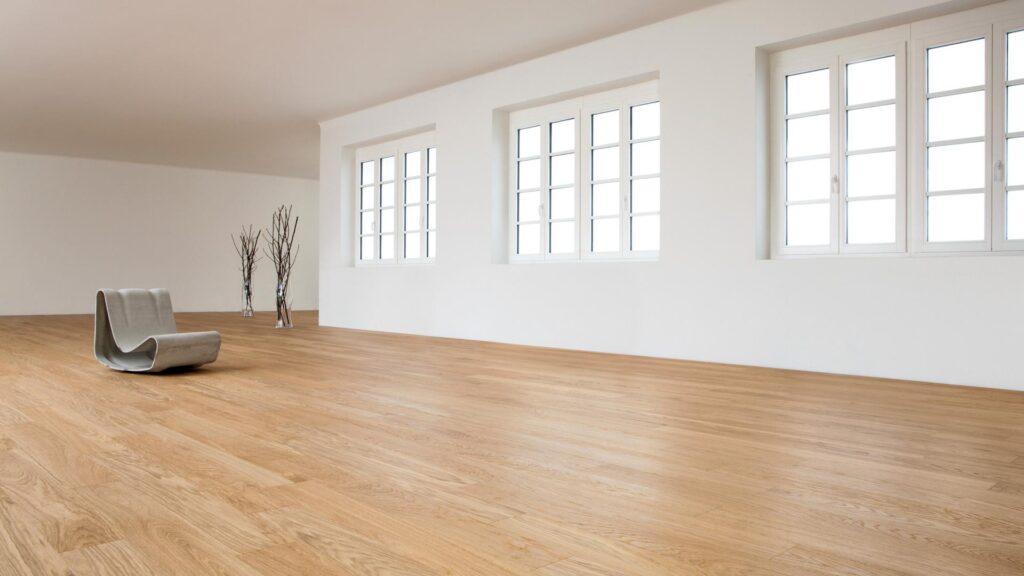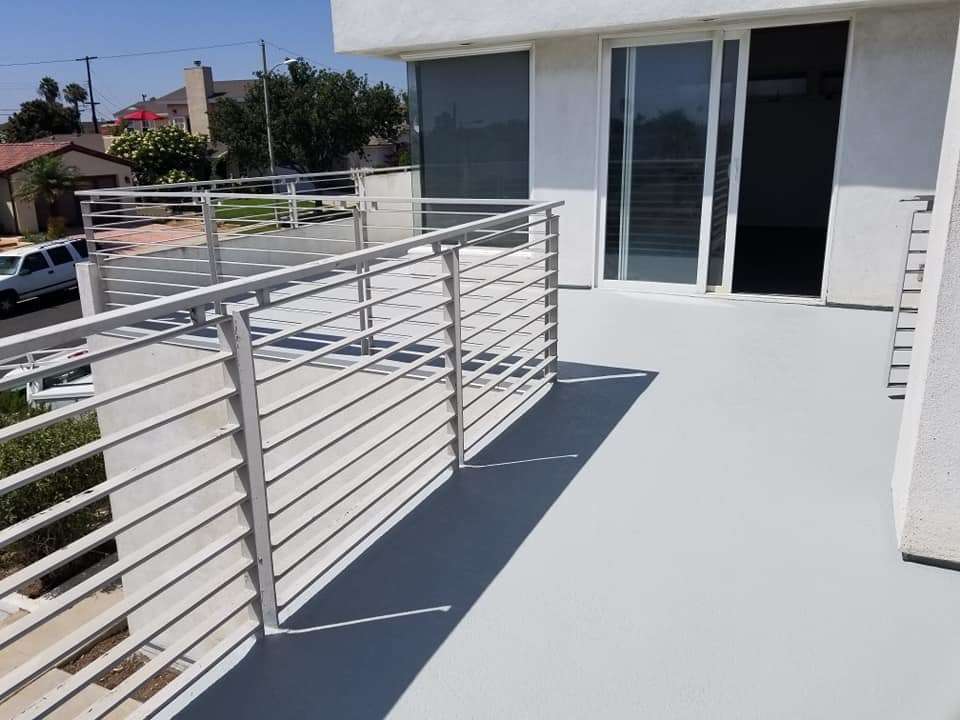Super Built-up Area & Carpet Area: How It Hurts Your Wallet to Not Know the Difference
- What is the difference between the super built-up area and the carpet area?
- What is carpet area according to RERA?
- What is included in the carpet area?
- How is the carpet area included?
- Is balcony included in the carpet area?
Remember this rule when comparing properties: the higher the ratio of carpet Area to the super built-up area, the more usable space you will get inside the house.
What is Super Built-up Area?
The super built-up area, also called as saleable area is the total built-up area plus a certain pro-rata portion of the common areas such as a corridor, life, lobby etc. If a portion of the amenities are also included then this figure goes high. However, there are different methods to calculate the saleable Area that have a huge impact on the total price.
A higher super built-up area does not mean more usable space inside the house.
Know your rights: Super built-up area under RERA
- Under the RERA Act, 2016 it is the builder’s responsibility to make buyers aware of the carpet area and quote prices based only on this and NOT on the super built-up area.
- Buyers can ask the developer for the ratio of carpet Area to the super built-up area. Depending upon the ratio of carpet Area to the super Built-up area, space is calculated.
- A lesser price does not necessarily mean a better deal.
It was common to quote the price of an apartment base don super built-up area before RERA came into effect. But, not anymore.
How is Super Built-up Area Calculated
We already know the meaning of the super built-up area. Let us now understand the formula.
Super built-up area = Built-up area + Common areas
Super built-up area when the common area is known:
To calculate the super built-up area, first, you need to know the amount of total space covered by the common area. Here are two examples of how it is calculated:
#1: Assume there are 10 apartments on one floor and the common area covered by these apartments is 2800 sq. ft, then the area proportional to one housing unit would be the total common area divided by the number of apartments. So, 2800 sq. ft divided by 10 apartments = 280 sq. ft per apartment.
#2: Consider there are apartments on a floor of varying sizes: 800 sq.ft, 1000 sq.ft, and 1200 sq.ft. If the common corridor and lobby area is 1200 sq.ft. , the 1200 sqft apartment’s super built up area becomes 1,200 sq.ft + 480 sq.ft (1,680 sq.ft) where the smallest one’s super built-up area is 800 sq.ft + 320 sq.ft (1120 sq.ft).
Super built-up area when the common area is not known:
Another way to calculate the super built-up area, if you don’t know the measurement of the common area.
First, you need to understand what the loading factor actually means. The loading factor when added to 1 and multiplied by the carpet area gives the super built-up area. Thus, the formula is:
Super built-up area = Carpet area (1+loading factor)
You can ask the developers for the loading factor percentage. It varies from 15 to 50% depending on the builders and the place you’re investing in. In Bangalore, the loading factor is around 25-30 % whereas, in Mumbai, it is much higher.
What is Carpet Area?
In layman terms, the carpet area of a home is the area inside a home that can covered by a carpet. Let us now understand in detail the inclusions and exclusion of the carpet area.

IC: Kaindl
As per RERA Act, carpet area is the net usable floor area of an apartment, excluding the area covered by the external walls, areas under services shafts, exclusive balcony or verandah area, and exclusive open terrace area, but includes the area covered by the internal partition walls of the apartment.
It includes living, dining, kitchen, balcony inside the home, toilets etc, and excludes common areas like corridor, life, lobby, staircase, amenities.
(Source: https://bit.ly/34PsF3R)
Why was the carpet area introduced?
Most of the realtors do not mention the carpet area while selling a property, instead, refer to the built-up area or super built-up area. Now, after the implementation of RERA, it has been made mandatory for builders to disclose the carpet area of the units that they sell. This helps the homebuyers to understand the exact measurement of the unit and which part of the property is included. Also, now with the proper definition of carpet space, buyers know the accurate measurement of the usable area.
How is Carpet Area Calculated
Carpet Area = Sum of all Areas (Bedroom + Living Room + Bathroom + Kitchen) – the thickness of the walls
For example, let’s assume that the built-up area of the unit is 1300 sq ft then your carpet area should be around 900 sq ft. The dimension of the property is measured from one inner wall to another inner wall.
Carpet Areas constitute 70 % of the Built-up Area

IC: BBB
Super Built-up Area vs Carpet Area
The table below highlights the differences between the carpet area and super built-up area and how both these areas differ in calculations. The carpet area is the exact usable area of the unit you are going to purchase whereas the super built-up area is the sum total of the common areas and the built-up area of the property. Understand the inclusion and exclusions for both the areas.
| SUPER BUILT-UP AREA | |
| COVERED AREAS | AREAS NOT COVERED |
| Built-up area of the Property Entrance Lobby Clubhouse Staircase Swimming Pool Lift Lobby Lift Shaft Generator Room Security Room Corridor | Roof Terrace Water Tank Park and Garden Open Sports Facilities Driveway |
| CARPET AREA | |
| COVERED AREAS | AREAS NOT COVERED |
| Bedrooms Dining Room Kitchen Dressing Room Activity Room Store Room Bathrooms Elevator within property unit Balconies within property unit | External and Internal Walls Utility Ducts Terrace Common Areas
|
Built-up Area
Built-up area is the sum of the carpet area and the extra individual areas covered by the walls of the apartment. The areas covered in the built-up area include the balconies, terraces, mezzanine floors, and the utility area. This area accounts for 10-15 % more than the carpet area.
You should also know that the walls which are shared by the other housing units are factored in at 50 % while other walls are computed fully.
So, the formula for calculating the built-up area is:
Built-up area = Carpet area + areas covered by the walls
A residential property having an area of
SBA – 1300 sq, ft, then according to the formulas the carpet area will be around 900 sq. ft.
Generally, the built-up area is 10-15 % more than the carpet area. So, the built-up area will be around 1000 sq. ft.
SBA | Built-Up Area | Carpet Area |
| 1300 | 1000 | 900 |
FAQs
Why do I pay for super built-up area when I get to use only the carpet area?
You may very rarely use the stairs or other areas, but as it is the common areas or amenities, you have to pay for the super built-up area by default. However, under the RERA Act, the calculations are now more transparent to the buyers.
How can I get the ratio of the super built-up area?
To get the ratio of the carpet area to the super built-up area, you will have to ask the developers. The higher the ratio of carpet area to the saleable area, the more space you will get inside the house.
In conclusion, keep in mind the exclusions under carpet area, built-up area, and super built-up area whenever you go to purchase a property. Also, if you wish to compare the cost and area of any residences or a commercial property, you can easily do so with the calculations based on these areas.
(Sources: https://bit.ly/3b7wwKV and https://bit.ly/3bgYaFm)